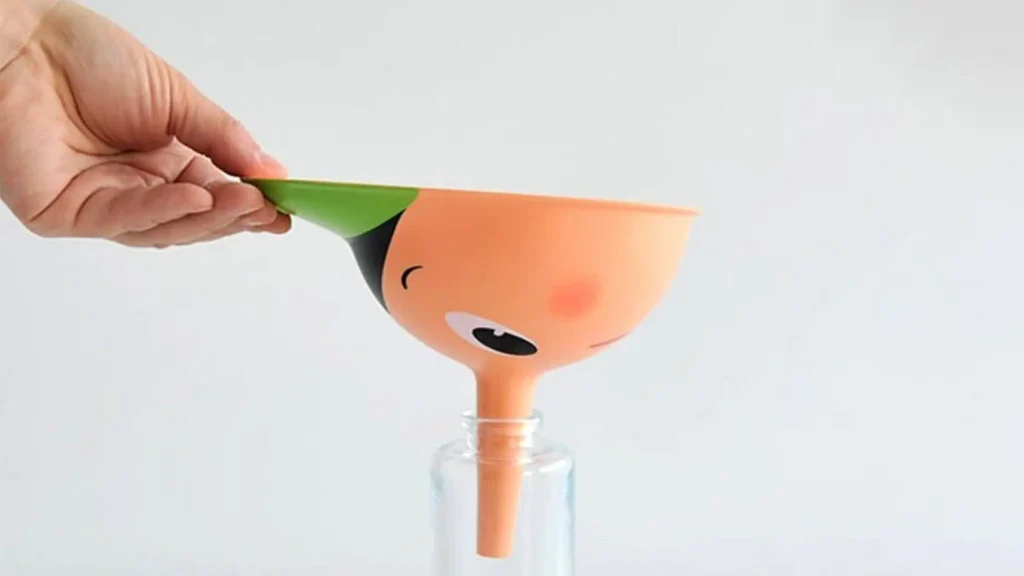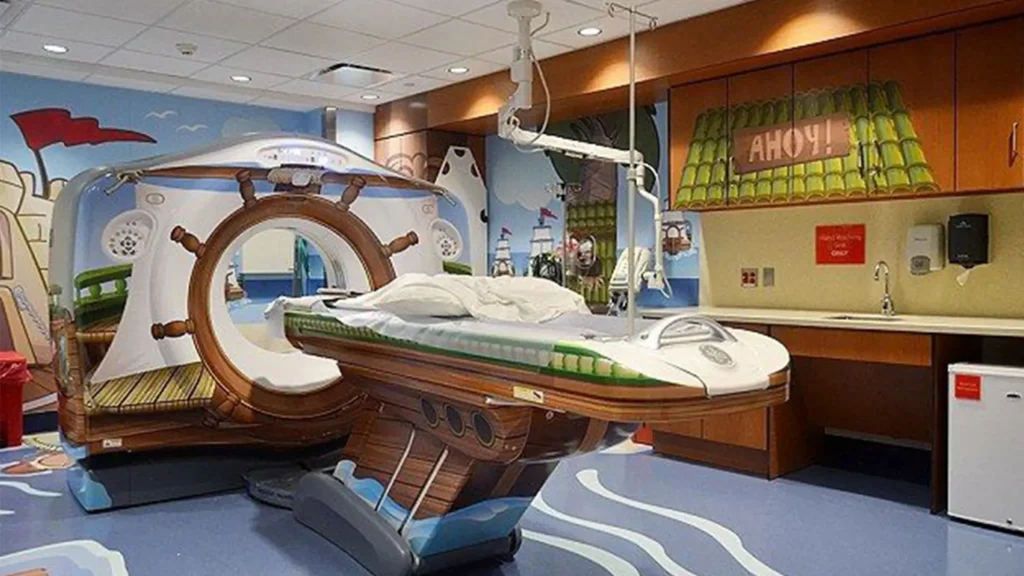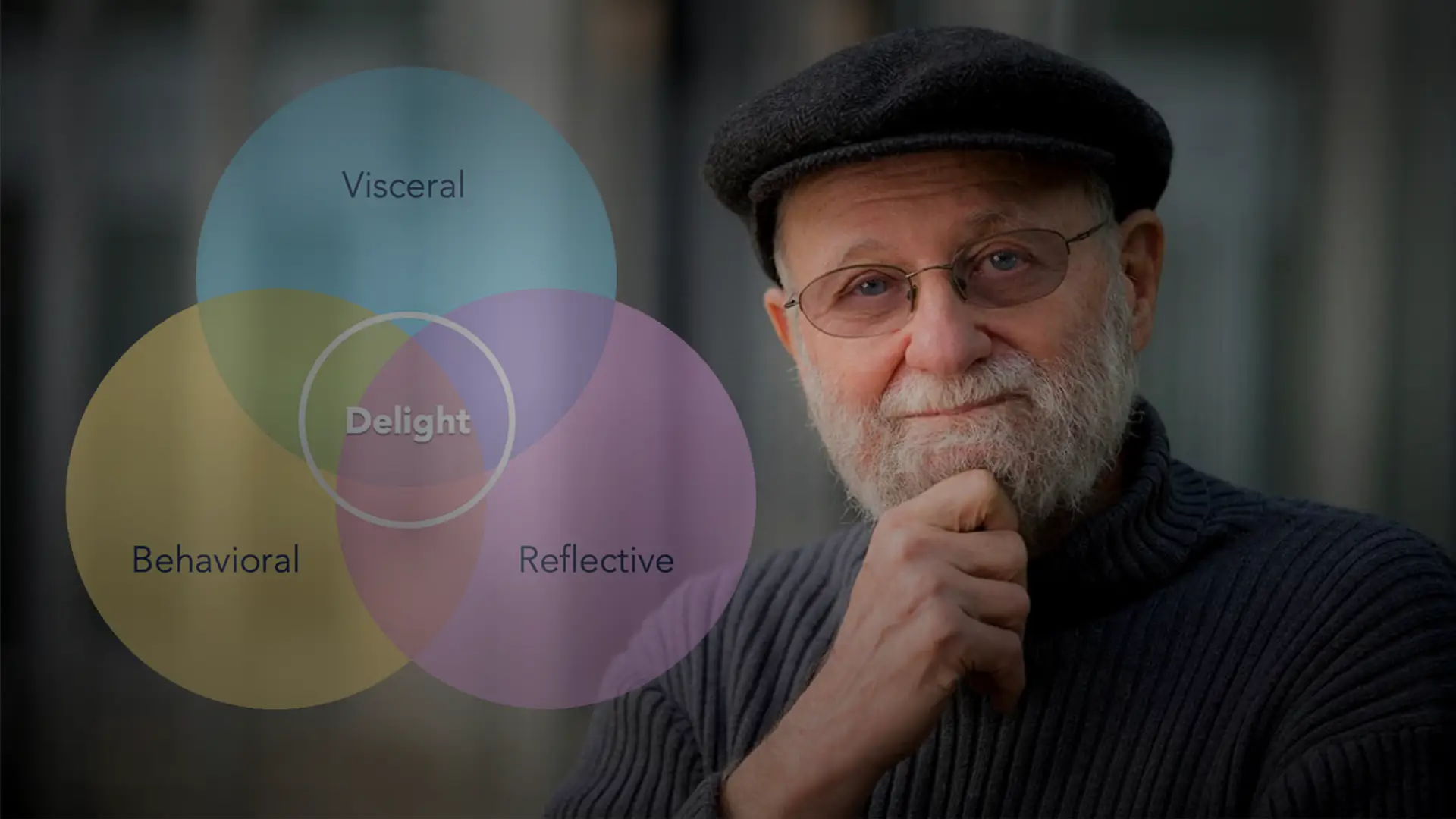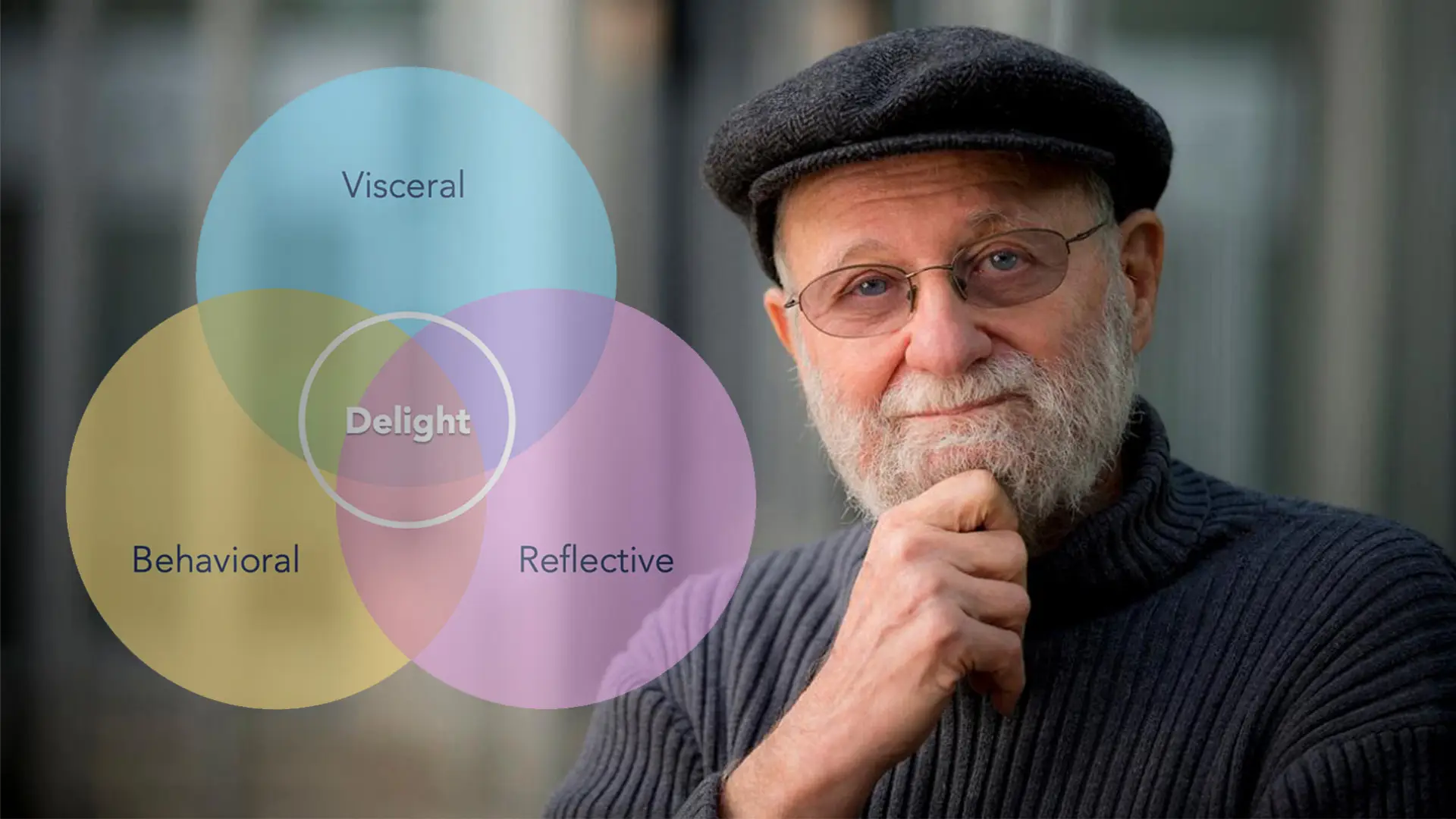When we think of medical device design, we often imagine safety standards, risk management, and strict regulations.
Yet, Donald Norman’s concept of emotional design reminds us that devices are not only tools for treatment—they are also human experiences.
Patients, caregivers, and clinicians interact daily with medical technology. Their emotions—trust, fear, reassurance—deeply influence usability, adoption, and even clinical outcomes.
What is Emotional Design?
Donald Norman, in his book Emotional Design, argues that the emotional response a user has to a product is as important as its functionality. He defines three levels of processing:
- Visceral design – the immediate, instinctive reaction to aesthetics (shape, color, touch).
- Behavioral design – usability, performance, and how intuitive the product feels.
- Reflective design – the meaning, trust, and values the product conveys over time.
In healthcare, these three layers are fundamental. A medical device that looks intimidating may create anxiety; one that feels ergonomic and friendly encourages trust and adherence.
Why Emotional Design Matters in MedTech

Unlike consumer electronics, medical devices live in high-stress contexts—clinics, hospitals, or patients’ homes. Here are a few reasons why emotional design is critical:
- Patient compliance: Devices perceived as “hostile” risk non-compliance, reducing therapy effectiveness.
- Clinician trust: Clear interfaces and reassuring forms reduce cognitive load during high-pressure scenarios.
- Market differentiation: In a competitive landscape, aesthetics and emotional resonance can set products apart.
- Homecare growth: Devices entering the domestic space must align with everyday environments, not just clinical needs.
Applying Norman’s Principles to Medical Devices
Visceral Design – First Impressions Count

Colors, curves, and proportions strongly affect the emotional response. Devices with softer edges, human-centered proportions, and intuitive icons feel more approachable than cold, “machine-like” products.
Behavioral Design – Intuitive Use Under Pressure
Clear affordances, tactile feedback, and error-prevention mechanisms are key. For example, infusion pumps with color-coded ports reduce errors while reassuring clinicians that the system is reliable.
Reflective Design – Trust Over Time
A device becomes part of a long-term relationship. Patients develop trust in brands that embody safety, empathy, and continuity. Reflective design also extends to packaging and onboarding materials, reinforcing confidence.
Challenges of Emotional Design in Regulated Environments

Medical device designers often face tension between creativity and compliance. Strict standards (ISO 13485, ISO 14971, IEC 62366) can seem to constrain aesthetic freedom. Yet, Norman’s approach does not contradict regulation—it complements it.
- Emotional design improves human factors validation results.
- Positive emotional responses lower perceived complexity, aiding usability studies.
- A balance between safety requirements and human empathy strengthens market acceptance.
Case Studies & Practical Insights
- Wearables for chronic care: Softer straps, textile-like materials, and consumer-inspired aesthetics improve adherence.
- Pediatric devices: Friendly colors and playful design reduce fear and anxiety in children.
- Home diagnostic tools: Minimalist, appliance-like forms blend with interiors, reducing stigma.
These examples show how emotional design is not “nice-to-have,” but a driver of clinical effectiveness and patient experience.
Key Takeaways
- Emotional design operates on visceral, behavioral, and reflective levels.
- In medical devices, it supports usability, safety, and trust.
- Designers should integrate Norman’s principles without compromising compliance.
- Successful MedTech products balance technical rigor with emotional resonance.
Conclusion – Designing for Emotions is Designing for Health
As Donald Norman teaches us, design is not just about function—it is about how people feel when using a product. In medical devices, this emotional layer may be the difference between fear and trust, rejection and adherence, failure and success.
👉 At Creanova, we help MedTech innovators bring human-centered, emotionally engaging devices to market—without losing sight of compliance and manufacturability. Contact us to discuss how we can support your project.

